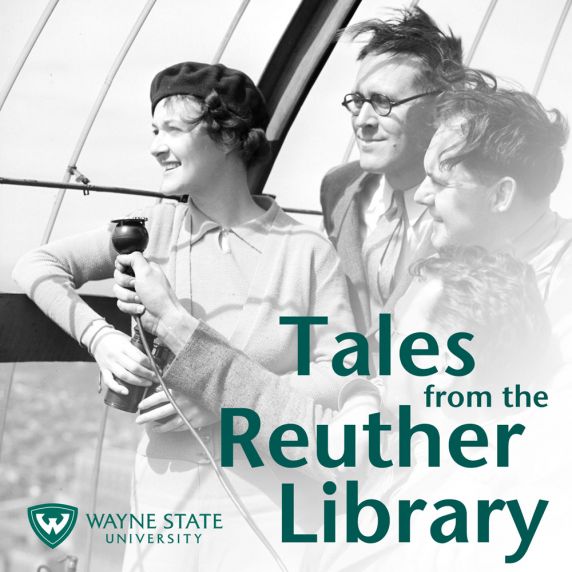[Podcast] Detroit Remains: Using Historical Archeology to Connect Detroit’s Past to Its Present
Dr. Krysta Ryzewski explains how historical archaeology digs at famous Detroit locales – including the Little Harry speakeasy, the Blue Bird Inn, and the Grande Ballroom – have clarified how underrepresented communities of Detroit experienced and responded to the Great Migration, changing economic forces, and a shifting political and social landscape in the 20th century. Ryzweski is an associate professor and chair of the Anthropology Department at Wayne State University, and author of Detroit Remains: Archaeology and Community Histories of Six Legendary Places.
Related Collections:
Virtual Motor City / Detroit News Photograph Collection
Related Resources:
Detroit Remains: Archaeology and Community Histories of Six Legendary Places
Wayne State University Gordon L. Grosscup Museum of Anthropology
Episode Credits
Producers: Dan Golodner and Troy Eller English
Interviewee: Krysta Ryzewski
Music: Bart Bealmear

